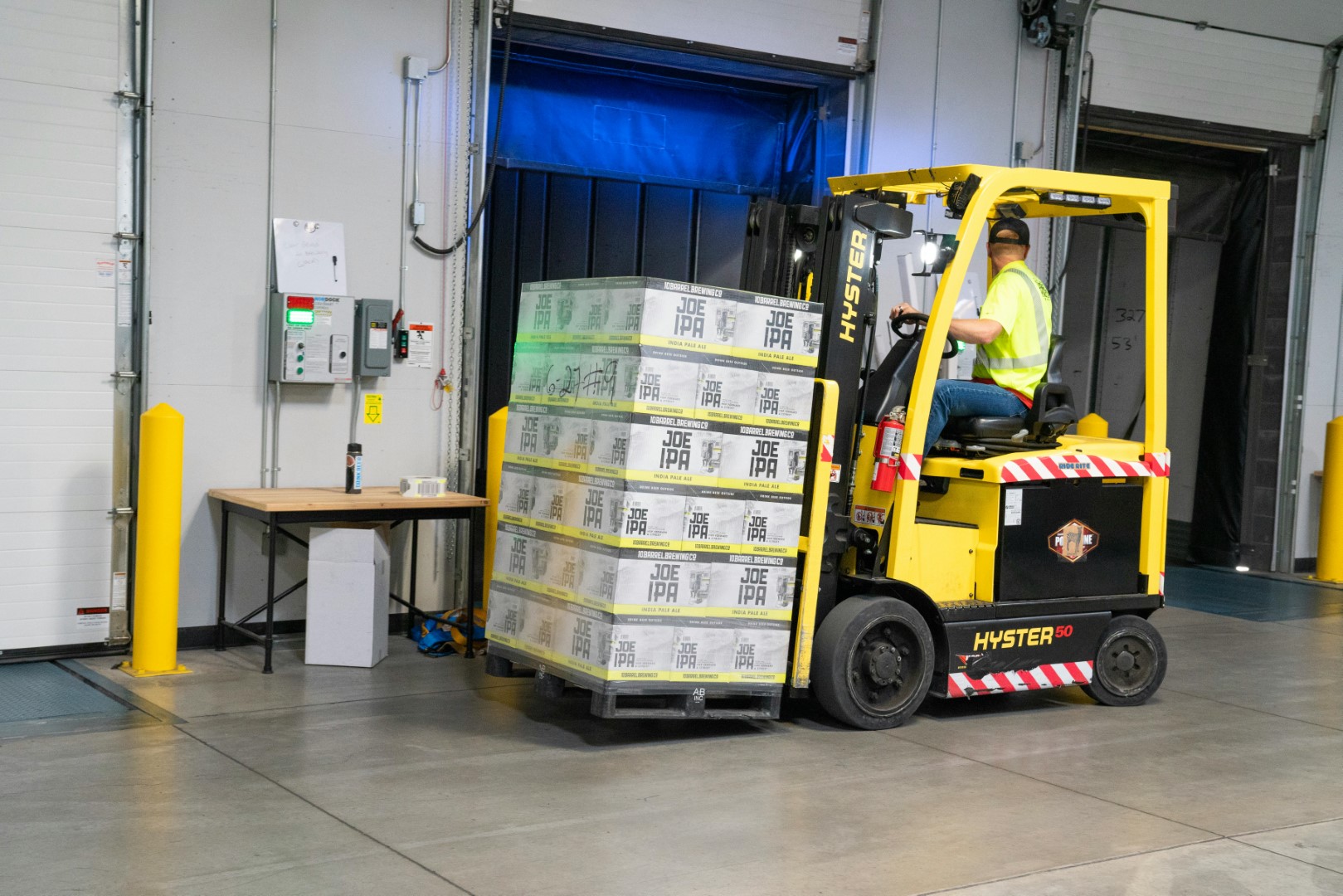Self-Managed Super Funds (SMSFs) can be powerful vehicles for building wealth through property investment, but navigating the lending requirements can be complex. One of the most significant considerations when applying for an SMSF loan is the deposit requirement, which differs substantially from standard residential mortgages.
This guide breaks down everything you need to know about deposit requirements for SMSF loans in Australia, helping trustees understand what to expect when seeking finance for property investment through their superannuation.
How Much Deposit Is Required?
When it comes to SMSF loans, lenders typically require higher deposits compared to standard residential mortgages. This reflects the additional complexity and perceived risk associated with SMSF lending.
For Residential Properties
For residential property purchases through an SMSF:
- Most lenders require a minimum deposit of 20-30% of the property's value
- The majority of lenders prefer a 30% deposit
- Some lenders may offer lower deposit options (around 20%), but with higher interest rates
- Lender's Mortgage Insurance (LMI) is typically not available for SMSF loans, reinforcing the need for larger deposits
For Commercial Properties
For commercial property purchases through an SMSF:
- Deposit requirements are typically higher, ranging from 30-35% of the property's value
- Some specialised lenders may require up to 40-50% for certain property types
- The property's type, location, and tenancy status can influence the required deposit amount
Having a larger deposit not only improves your chances of loan approval but can also result in more favorable interest rates and loan terms. Aim for at least 30% deposit when planning an SMSF property investment.
How Lenders Evaluate SMSF Loan Applications
Beyond the deposit amount, lenders assess several other factors when evaluating SMSF loan applications:
SMSF Member Income and Contribution History
Lenders will look at:
- Regular contribution patterns from members
- Employment stability of SMSF members (particularly those making significant contributions)
- The age of members and proximity to preservation age or retirement
SMSF Asset Composition
Lenders will assess:
- The diversification of your SMSF's assets
- The proportion of the fund that will be tied up in the property investment
- Other assets that provide income or liquidity
Cash Flow Assessment
Lenders will analyze:
- Rental income projections from the property
- Regular contribution forecasts
- Whether the SMSF can service the loan if the property is vacant
- Ability to cover all SMSF expenses including loan repayments
Your Super Fund's Financials
Before applying for an SMSF loan, you should ensure your fund meets these general financial criteria:
Fund Size
As a general rule:
- For a $500,000 property purchase, your SMSF should ideally have at least $150,000-$200,000 for the deposit and costs
- Most lenders prefer to see a minimum fund balance of $200,000 before considering property investment
- Smaller funds may struggle to maintain adequate diversification after a property purchase
Liquidity Requirements
Beyond the deposit, lenders will also assess your SMSF's liquidity position:
Liquid Asset Requirements
Most lenders require:
- 10-20% of the property's value in liquid assets (cash or readily convertible investments) after the purchase
- Sufficient liquidity to cover at least 12 months of loan repayments
- Additional liquidity to cover ongoing SMSF expenses
Additional Costs to Consider
Remember to factor in these costs when calculating your total deposit requirement:
- Stamp duty (varies by state)
- Legal fees for both property purchase and SMSF loan documentation
- Loan establishment fees (typically higher for SMSF loans)
- Ongoing SMSF administration costs
- Property management fees
Enjoyed this article?
Get weekly commercial property insights and market updates.
Join 450+ property investors • Unsubscribe anytime


